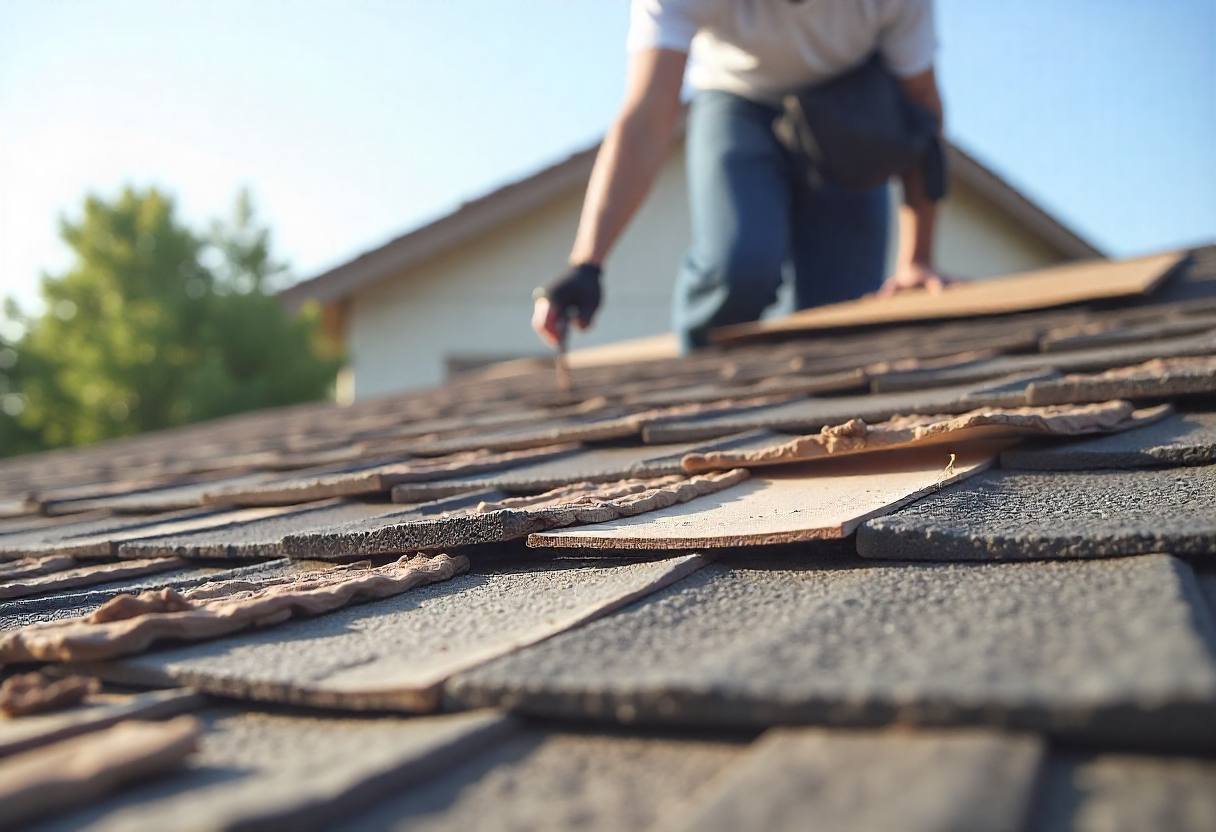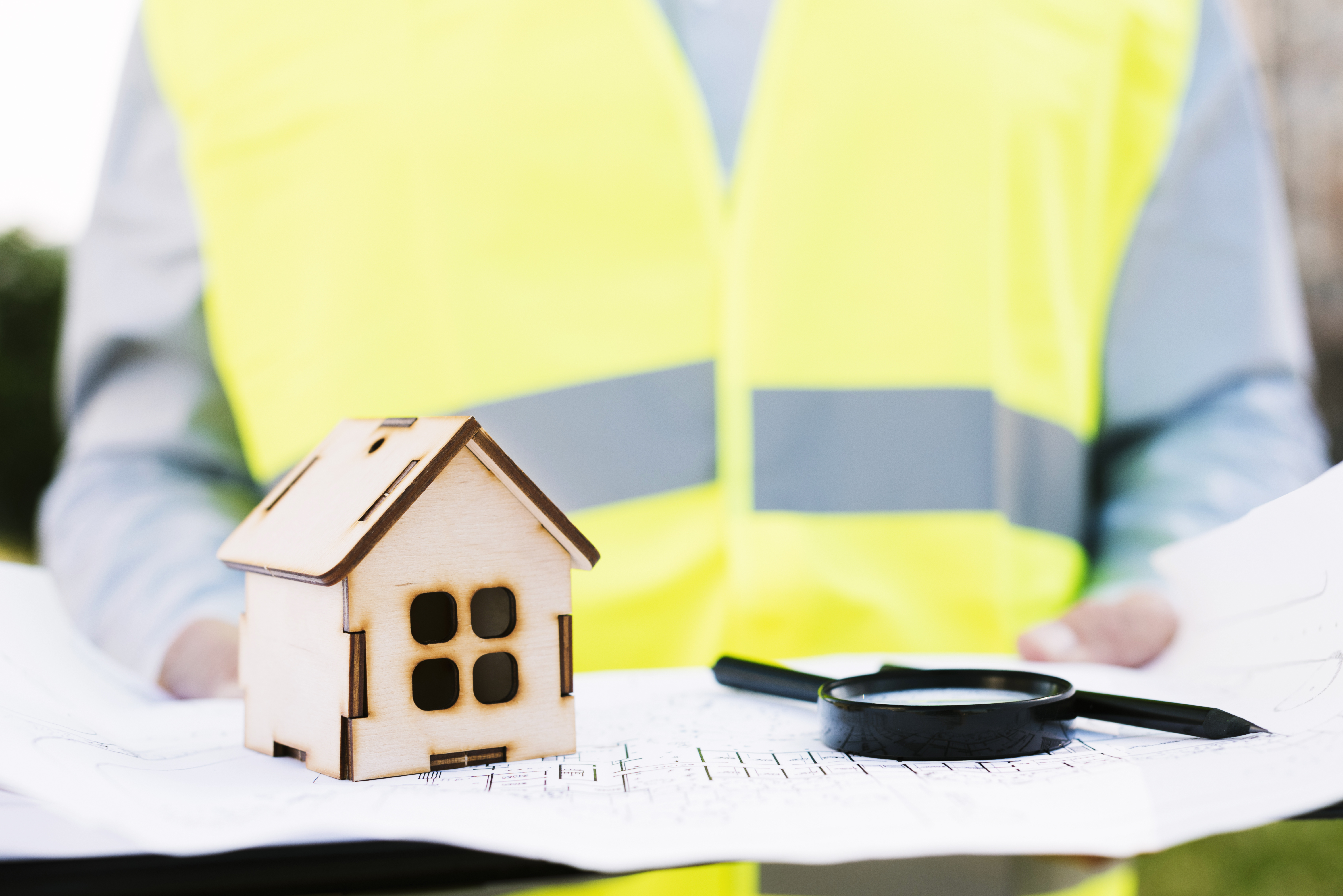Drive through any commercial district and you will see a consistent architectural feature across warehouse walls, big-box-store boxes, office buildings, shopping centers — the flat roofs. It’s not just a trend or a coincidence — it’s functionality, economics, and architecturally purposeful. But just what is it about flat roofs that have made them so common in commercial buildings? Let’s understand it in this blog below.
Why Flat Roofs are Common on Larger Commercial Buildings
1. Functionality and Utility
Maximizing Usable Space
The main advantage of flat roof systems for practical use is the additional usable space on the roof. In residential construction, sloped roofs translate to wasted attics and angled ceilings. You can have HVACs, satellite dishes, solar panels, or even a green roof on a flat roof. This helps keep important building systems out of the way and reduces the footprint needed on the ground level.
Moving mechanical units to the roof frees up valuable space inside the building for large commercial facilities — think data centers, factories, or shopping malls. It also makes maintenance easier as all the main systems are accessible from the roof rather than inside the building.
Easy Installation and Maintenance
It is easier to work on and move around a flat roof than a pitched one. This makes a difference when considering long-term maintenance. Checking and repairing a flat roof is easier and quicker, as a result less time for businesses to close and less risk for contractors. Snow and debris removal on flat roofs is necessary and easier (because there’s no angle).
Besides, elements such as skylights, vents, and drainage systems are more cost-effectively distributed on a flat plane, resulting in uniform coverage and streamlined structures.
2. Cost Efficiency
Lower Construction Costs
On a structural aspect, flat roofs require less materials to build. They need fewer materials — no trusses, less framing, and fewer specialized parts. This is less labor-intensive, reducing the initial construction cost. For large commercial projects, where every square foot counts, those savings can quickly add up.
The support structure of a flat roof is relatively simple and lightweight, particularly when it is for a small, single-story building. This enables developers to cover large areas more cheaply, a pursuit that is essential for big-box retailers and logistics operators.
Long-Term Savings
Although flat roofs do last a bit less than pitched roofs, they are much more convenient to repair and maintain. Most new types of flat roofing materials, such as TPO (a thermoplastic) or EPDM (ethylene propylene diene monomer), are equal to or surpass the level of protection provided by older materials.
Businesses also frequently see a return on investment from the installation of energy-efficient roofing materials or reflective coatings that prevent heat absorption, which reduces cooling costs - particularly for properties located in hot places.
3. Architectural Design and Aesthetics
Modern, Minimalist Appeal
In the era of minimalistic design, flat roofs complement the aesthetic of contemporary commercial architecture. They are more conducive to achieving and maintaining clean lines, geometric shapes, and unadorned surface areas. For a lot of architects and builders, the sleek form is worth something beyond just the functional aspect.
Even in denser, more urban neighborhoods where mixed-use buildings combine both retail and residential spaces, flat roofs contribute to a uniform cityscape. Rooftop terraces, gardens, or lounges may also add value to and increase the building’s value, giving these underused spaces a purpose.
Flexibility for Expansion
Flat roofs are naturally flexible in terms of future expansion. They are less expensive and easy to implement without messing with the building’s structure or aesthetics. Thus, flat roofs provide you with flexibility to meet your business needs.
For example, a warehouse may add a solar array with minimal retrofitting. A healthcare center might upgrade its HVAC and add new mechanical ventilation systems as regulations evolve or services grow—both of which flat roofs can handle easily.
4. Climate and Drainage Technology
Designed for Diverse Climates
Flat roofs are considered less efficient in areas of heavy rainfall or snowfall. But modern drainage technologies and premium materials have now addressed most of those fears. A well-designed flat roof features a minimal slope to allow water to flow into internal drains, scuppers, or gutters.
New membrane technologies also improve waterproofing and thermal efficiency. Built-up roofing, modified bitumen, or single-ply material (such as TPO or PVC) are all designed to withstand standing water, the sun’s rays, and temperature extremes.
Green and Cool Roofs Adaptability
Sustainability is a major concern for commercial construction, and flat roofs are a great spot to bring energy-efficiency choices. Green roofs, in which vegetation is planted over a waterproof membrane; aid in stormwater management, alleviate the urban heat island effect, and offer insulating properties for buildings. Similarly, reflective (cool) roofs reduce heat absorption and decrease energy demand.
Municipal incentives and LEED certification requirements are also pushing developers in this direction, and these sustainable options are much more practical on flat surfaces.
5. Real-World Applications
To better understand the prevalence of flat roofs, consider their presence in:
Retail Centers: Flat roof structures are quick to construct, as well as affordable.
Warehouses and Industrial Buildings: Make the most of indoor storage, with the least amount of structural clutter.
Hospitals and Schools: Allow for versatility of rooftop mechanical systems without hassle.
Urban Mixed-Use Developments: Include space for shared terraces, solar collectors, and green infrastructure.
Hire a Trusted Contractor for Flat Roof Installation
Flat roofs aren't just for commercial buildings, they're a smart, affordable, and architectural roof shape that's also ideal for many kinds of modern homes. From accommodating extensive HVAC systems and lowering construction costs to providing green infrastructure and aesthetic freedom, commercial flat roofs provide a plethora of benefits that can’t be found anywhere else.
Whether you are a developer thinking about your next project, or a business person thinking about a suitable upgrade, the flat roof is still an intelligent choice, rooted in both style and great results.
911 Exteriors Roofing and Construction is a trusted roofing company offering professional flat roof installation services for commercial as well as residential spaces. Book an inspection with us today.






